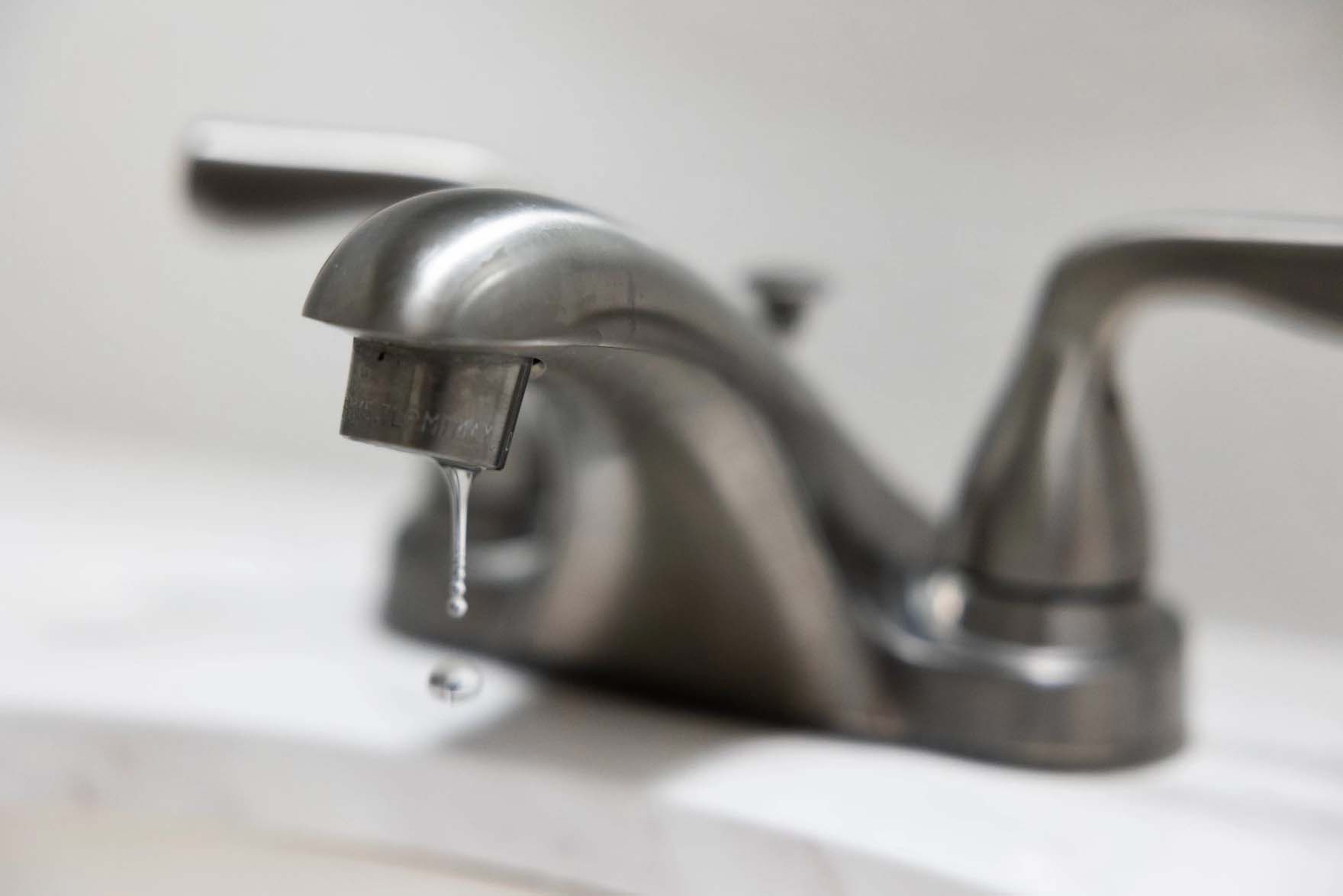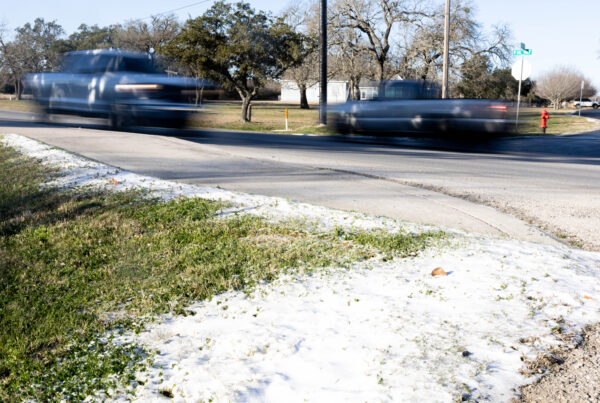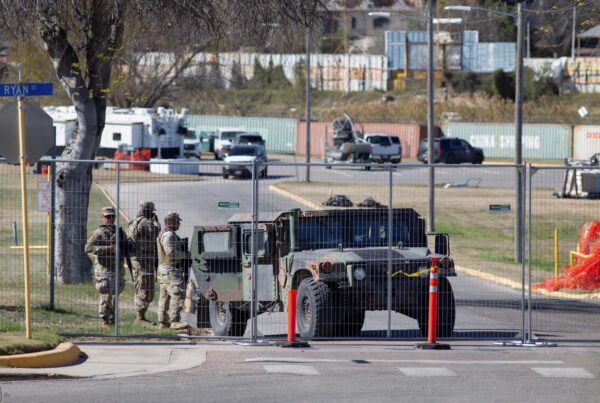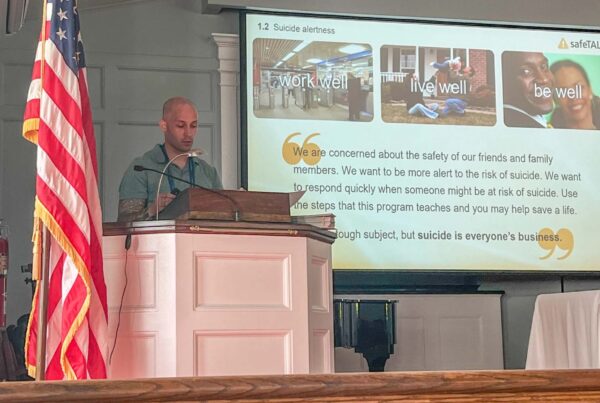From KUT:
Born and raised in the Philadelphia area, I bleed green. (Go Eagles!) I love cheesesteaks. But not the ones with Cheez Whiz. I pronounce “water” funny and have been called “direct” more than once in my life, as if it’s an insult.
What I don’t do is drip my faucets when it’s cold out.
“I’m a New York City boy myself, and we never had to do it,” said Mike Marugo, plumbing operations manager at ABC Home and Commercial Services.
When Marugo moved to Texas after working for years as a plumber in New York, he had to start over as an apprentice because so much of the plumbing landscape is different here. That starts with how homes are built. Unlike in Texas, many homes in the Northeast have basements.
“Plumbing is in the basement, which is also where all the heating equipment is. So it’s not gonna freeze there,” Marugo said. “It’s gonna stay nice and warm.”
In Texas, much of the plumbing is either in the concrete foundation of a home or under a home, if it’s raised off the ground, like a pier-and-beam home. The plumbing is therefore either in the ground or outside, leaving it exposed to the cold when temperatures drop and threaten to freeze the water in the pipes.
To prevent that from happening, we drip our faucets.
Why should I drip my faucets?
Still water is more likely to freeze than moving water.
Imagine standing outside in freezing temperatures.
“After a while, you’re going to get cold,” said Chris Ortiz, who runs his plumbing company, Blue 42 Group, out of Hutto. “You’re going to have to start moving to get your blood pumping.”
The same idea can be applied to other matter, like water.
“If water is standing still, it’s going to start to freeze at one particular spot,” Marugo said. “As soon as it starts to make ice crystals, those ice crystals very quickly make more ice crystals which make more. If I can keep it moving even just a little bit, then I don’t have water sitting at one spot long enough to start getting that cold.”
Turning your faucets on keeps the water moving. And if the water in your pipes does freeze, it can prevent the pipes from bursting by relieving pressure.
“When water turns into ice, it expands fairly rapidly,” Marugo said. “It’s going to put a lot of pressure on the rest of the system. And if that system is closed, i.e. all of the faucets are closed, then everything in front of the ice is not going to move very well at all. … So, that ice is going to expand till the point where it breaks something.”
Should I drip every faucet in my house?
You don’t need to drip all your faucets. Instead, plumbers told KUT to focus on the faucets in rooms that have an exterior wall. If your kitchen and master bathroom both have windows to the outside and are on separate sides of your house, drip the faucets in those rooms. (You don’t need to drip the shower or tub if you’re dripping a sink in the same bathroom.) These rules apply to single-family homes as they do apartments.
Be sure to drip both hot and cold water. Marugo said, because hot and cold water come through different pipes, you need to make sure water is moving through both of them. If it’s a faucet that doesn’t have separate handles for water temperature, like some kitchen sinks, drip lukewarm water.
What’s the preferred drip tempo? Should I aim for a drip-long beat-drip, a pitter-patter or a steady stream?
Aim for a walking tempo of drips, said co-founder of Redbud Plumbing, Jason Smith.
“Maybe not quite like a steady stream,” Smith said. “But a good, healthy drip just helps to ensure that [the water is] moving. A drip, drip, drip would be great.”
Other plumbers told KUT the tempo of the water from your faucets should depend on where your pipes are located.
If your house sits directly on concrete, you don’t need a ton of water moving to protect against freezing, Marugo said. Aim for that drip-long beat-drip or a pitter-patter.
“If you know you’ve got an open crawl space underneath your house … and it’s going to get pretty windy, then we would recommend that you run it closer to almost full stream,” he said.
What if my pipes freeze?
If suddenly there’s no water coming out of your faucet and you or your landlord hasn’t shut off the water, it’s likely that water in your pipes has frozen.
Marugo said some people may decide to get creative. They find anything that produces heat and put it up against a wall or floor, in an attempt to defrost their pipes.
“People use heat guns, soldering torches, heating blankets, brewing lamps out of their chicken coop,” he said. Also, hairdryers and space heaters.
But Marugo doesn’t recommend using any at-home devices. “The only thawing machine that we are recommending is the sun,” he said. Marugo said the risk of melting a pipe or starting a fire (both of which he’s seen happen) is too great.
Others say go for it — but stick to a hairdryer.
“We like to use either blowtorches or heat guns, which have a lot more heat to them,” Ortiz said. “But we know how much we can heat the pipes up since we are familiar with them. Somebody who’s not … I think a hairdryer would be the best approach.”
If all goes well, you won’t have to call a plumber or give your pipes a blowout. So far, there have been no reports of major power outages, which means people can still heat their homes and their pipes. As of Monday morning, Ortiz hadn’t received nearly as many calls as he did in 2021, when millions of people in the state lost power during a winter storm.
“Several of us plumbers that I keep in touch with have not seen too many calls this time around,” he said.














